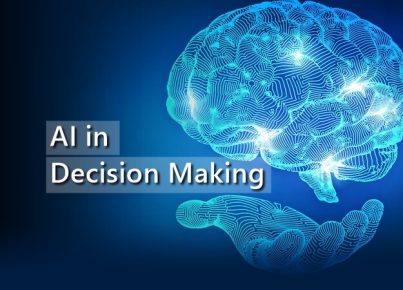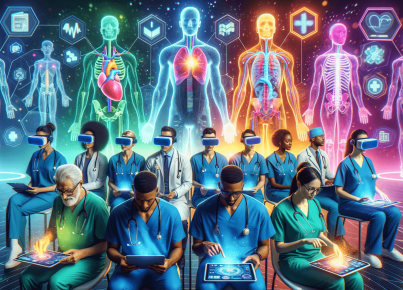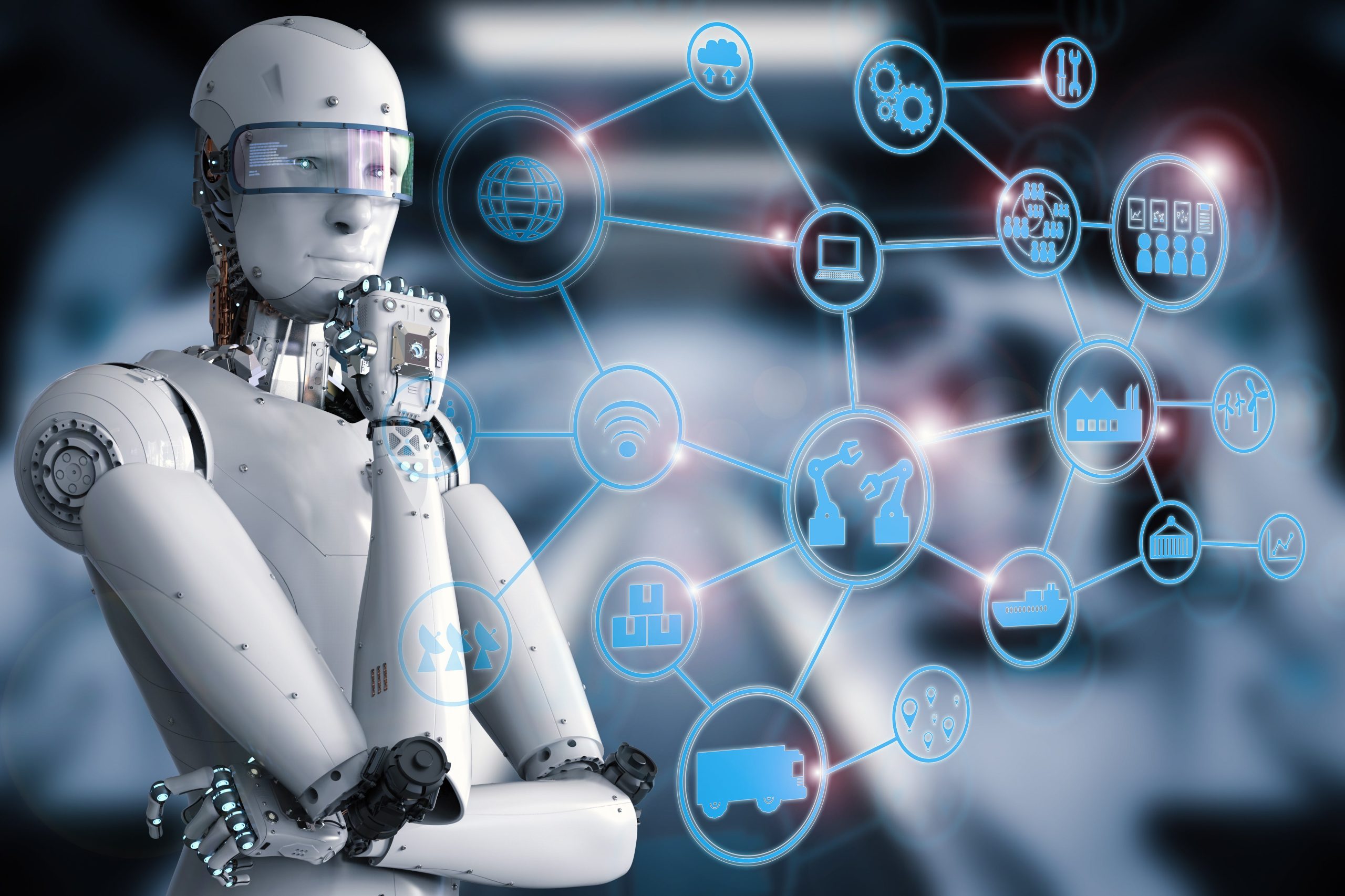As our understanding of effective learning strategies evolves, there’s growing recognition of the importance of social interaction in the educational process. This has led to a significant trend in blended learning: the integration of social learning platforms. These digital tools are designed to facilitate collaboration, discussion, and peer-to-peer learning, bridging the gap between online individual study and face-to-face group interactions.
In a blended learning context, social learning platforms can serve as a digital extension of the classroom community. They provide spaces for students to engage in discussions, share resources, collaborate on projects, and seek help from peers and instructors outside of scheduled class times. This continuous connection can help maintain momentum and engagement between face-to-face sessions, creating a more cohesive learning experience.
One of the key features of many social learning platforms is the ability to create and participate in online communities or groups. These might be organized around specific courses, topics, or projects. Within these communities, students can ask questions, share insights, and engage in debates, mirroring the kind of intellectual exchange that occurs in physical classrooms. Instructors can moderate these discussions, providing guidance and additional resources as needed.
Another important aspect of social learning platforms in blended environments is their ability to facilitate collaborative projects. Students can work together on shared documents, presentations, or other digital artifacts, regardless of their physical location. This can be particularly valuable for group assignments that span both online and face-to-face components of a course. The platform can provide a space for ongoing collaboration between in-person meetings, as well as tools for tracking individual contributions to group work.
Many social learning platforms also incorporate elements of gamification or badging systems. Students might earn points or badges for active participation, helping others, or completing certain learning milestones. This can add an element of friendly competition and additional motivation for engagement with both online and offline course components.
From a pedagogical perspective, the integration of social learning platforms aligns well with constructivist theories of learning, which emphasize the importance of social interaction in knowledge construction. By providing opportunities for peer teaching, collaborative problem-solving, and the exchange of diverse perspectives, these platforms can enhance the depth and quality of learning in blended environments.
For instructors, social learning platforms offer valuable insights into student engagement and understanding. By monitoring online discussions and collaborations, teachers can identify common areas of confusion, recognize students who may need additional support, and gauge the overall pulse of the class. This information can then inform the focus and structure of face-to-face sessions.
However, the effective implementation of social learning platforms in blended courses requires careful consideration. It’s important to establish clear guidelines for online interaction, ensure that the platform is user-friendly and accessible to all students, and strike a balance between encouraging participation and overwhelming students with too many online obligations.
As we look to the future, we can expect to see even more sophisticated social learning platforms emerge. These might incorporate AI-driven discussion facilitators, more seamless integration with virtual and augmented reality technologies, or advanced analytics that can map the growth of knowledge networks within a class community.
The trend towards social learning platforms in blended environments reflects a broader recognition of the social nature of learning. By providing digital spaces for collaboration and community-building, these platforms have the potential to create richer, more engaging blended learning experiences that truly leverage the benefits of both online and face-to-face interaction.





